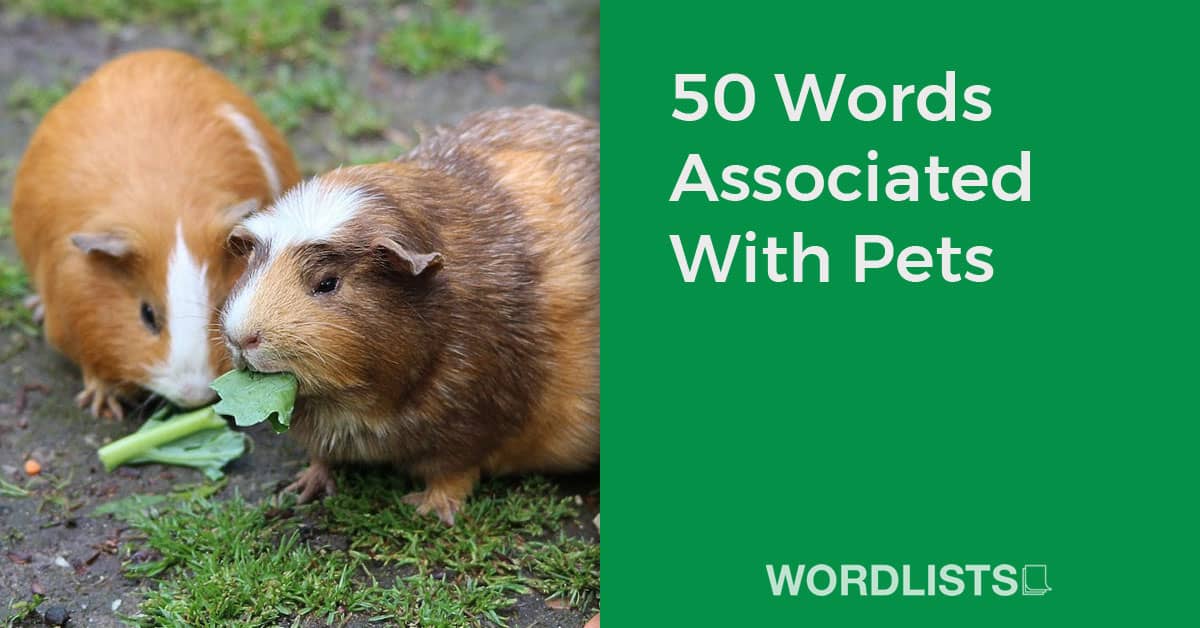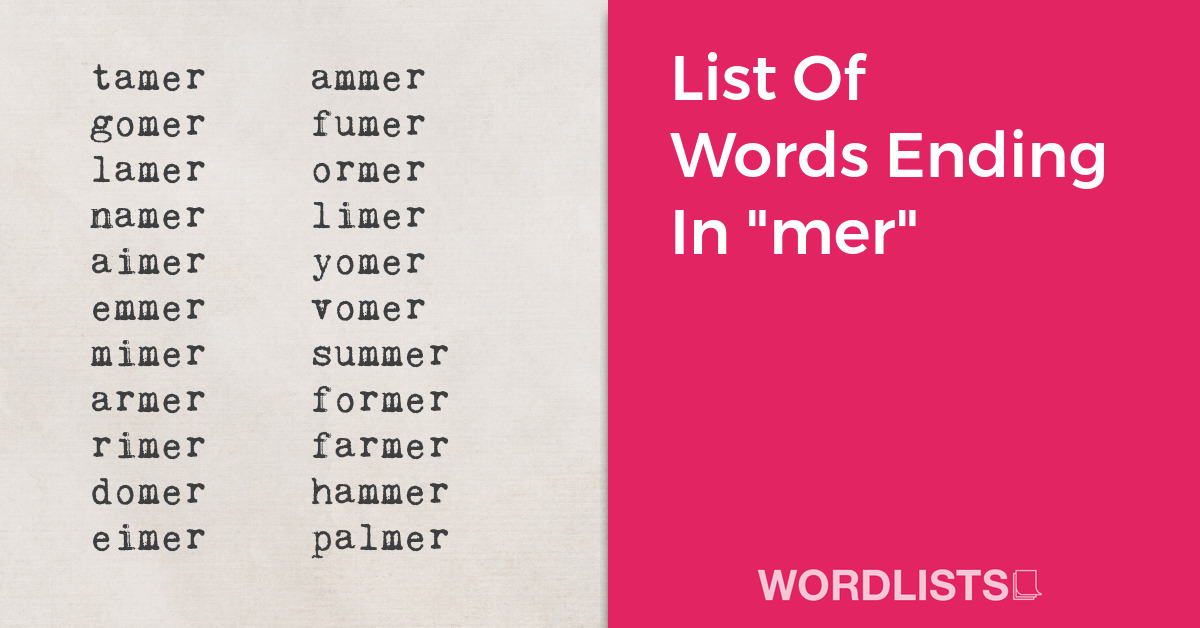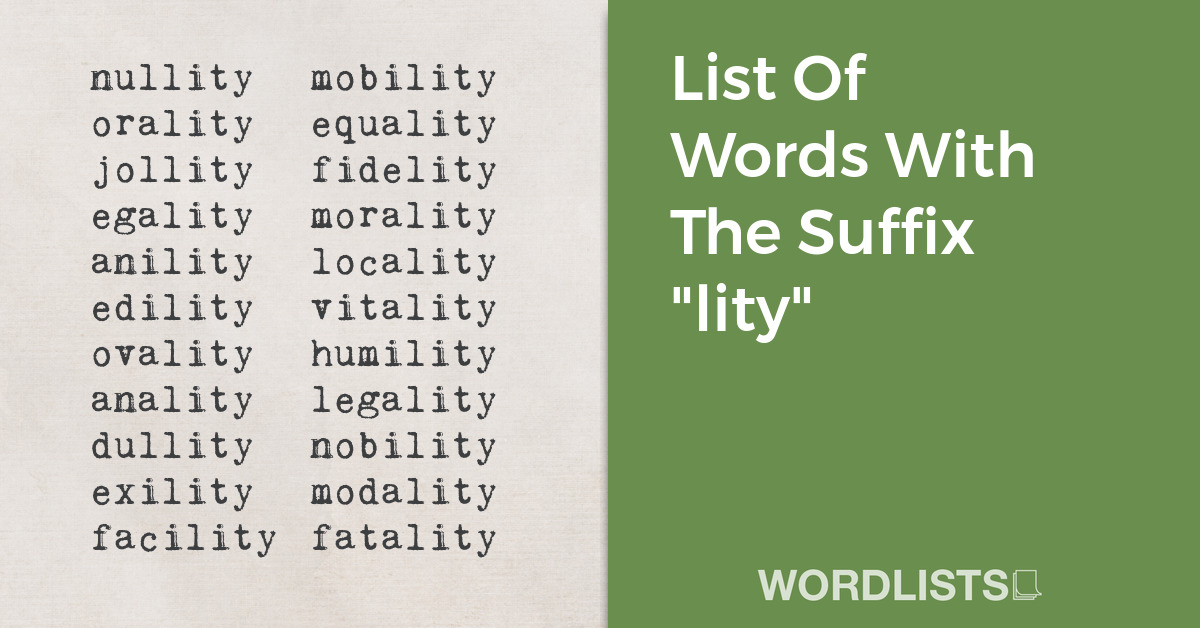Pets hold a special place in the hearts of many people around the world. Whether they are fluffy companions, scaly friends, or feathery sidekicks, these creatures bring joy, comfort, and endless love to our lives.
From the mischievous antics of a playful kitten to the loyal companionship of a faithful dog, pets have a way of becoming cherished members of our families. In this word list, we will explore 50 words associated with pets, capturing the diverse range of creatures that have found their way into our homes and hearts.
From common household pets to more exotic companions, this collection of words will evoke the essence of the extraordinary bond between humans and their beloved pets. So, let us embark on a journey through the enchanting world of pets, where each word paints a vibrant picture of the many wonders and joys these animals bring into our lives.

Subscribe to our mailing list to receive FREE exclusive content and offers!
50 Words Associated With Pets Meanings
Play: The act of engaging a pet in activity for amusement or exercise. This can involve toys, games, or interactive tasks.
Animal: A living organism that feeds on organic matter, typically characterized by voluntary movement and responsiveness to stimuli. In the context of pets, animals often refer to domesticated creatures like dogs, cats, birds, and more.
Feeding: The act of giving food to pets. Different animals require different types and amounts of food.
Veterinarian: A professional who is qualified to treat diseased or injured animals.
Muzzle: A guard or strap fitted over an animal’s nose and mouth to prevent it from biting or eating.
Adoption: The act of taking on the ownership and care of a pet, often from an animal shelter or rescue group.
Meow: The characteristic sound a cat makes. It can mean various things depending on the tone and volume.
Obedience training: A type of training that teaches pets to be obedient and follow commands.
Chew: The act of an animal biting on something repeatedly, often for pleasure or to relieve boredom.
Bite: The act of an animal using its teeth to wound or grip.
Fur: The thick hair that covers the bodies of many animals. In pets, fur can vary in color, length, and texture.
Groom: The act of cleaning or maintaining a pet’s appearance. This can include brushing, bathing, nail trimming, and more.
Neuter: The process of surgically removing the reproductive organs of a male pet to prevent it from breeding.
Hunt: The act of an animal chasing and killing other animals for food. Domesticated pets often retain some of their ancestral hunting instincts.
Litter box: A box filled with absorbent material where indoor cats are trained to eliminate their waste.
Scratch: The act of an animal raking its claws over a surface or object.
Cuddle: The act of holding a pet close in one’s arms as a way of showing affection.
Agility training: A type of dog training in which the dog is directed through a course of various obstacles by its handler.
Crate: A large box-like container that can be used for transporting or housing pets.
Leash: A strip of leather or material used for leading and restraining pets.
Tick prevention: Measures taken to prevent ticks, small arachnids that feed on the blood of pets and can transmit diseases.
Spay: The process of surgically removing the reproductive organs of a female pet to prevent it from breeding.
Flea prevention: Measures taken to prevent fleas, small insects that feed on the blood of pets.
Bark: The sound a dog makes, often as a form of communication.
Carrier: A portable cage for transporting small pets.
Companion: A term that often refers to a pet that provides companionship to its owner.
Heartworm prevention: Measures taken to prevent heartworm, a disease in pets caused by parasitic worms living in the heart and the vessels near it.
Tricks: Specific actions pets are trained to perform, often on command.
Water: A vital substance for keeping pets hydrated.
Bed: A comfortable place designed for a pet to sleep.
Therapy animal: An animal that has been trained to provide comfort and affection to people in hospitals, retirement homes, schools, and other environments.
Grooming: The act of cleaning and maintaining the appearance of a pet.
Dental care: Maintenance and hygiene of a pet’s teeth, often involving brushing or special chews.
Rescue: The act of saving pets from situations where they are lost, abandoned, or in danger.
Service animal: A type of animal that is trained to do work or perform tasks for the benefit of an individual with a disability.
Vaccination: The process of administering a vaccine to help a pet’s immune system fight off diseases.
Wag: The act of a dog moving its tail back and forth, often signaling happiness or excitement.
Tail: The elongated, flexible part of a pet’s body that extends beyond its torso, often used for communication in animals.
Harness: A set of straps that fits around a pet’s body and is used for restraint or control.
Claws: The sharp, curved nails at the end of an animal’s paws.
Sleep: The state of rest in which a pet’s body functions slow down and they become unresponsive to their surroundings.
Domesticated: Refers to animals that have been tamed and made fit for a human environment.
Paws: The soft part of an animal’s foot, often used to describe the feet of cats and dogs.
Whiskers: The long, stiff hairs growing around the mouth of a cat or dog, used for sensory purposes.
Breed: A specific group of domestic animals having homogeneous appearance, behavior, and other characteristics that distinguish it from other animals of the same species.
Collar: A band of material put around the neck of a pet, often holding identification tags and a connection point for a leash.
Toy: An object for pets to play with.
Furry: Having a coat of fur, a characteristic of many pets.
Food: Nutritious substance that pets eat for growth and maintenance of good health.
Purr: A low, continuous, vibrating sound made by cats, usually expressing contentment.
Shelter: A place where homeless or lost animals are taken care of, and where people can adopt pets.







